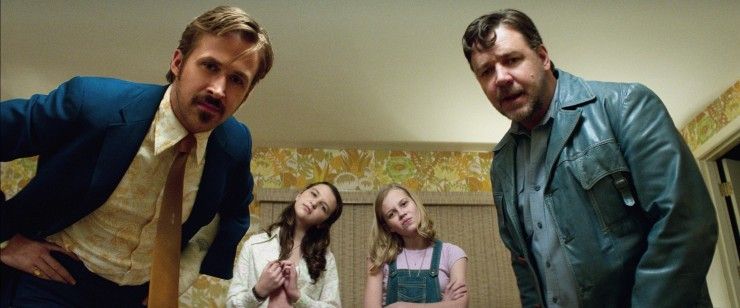
What is a juxtaposition in literature and film? And how do writers use it to communicate with the audience?
When you set out to write something, you usually tackle it from two diverging points of view. Think about how Knives Out talks about "wealth" by showing rich and poor people. Or how Dickens' A Tale of Two Cities does the same with the opening lines, "It was the best of times, it was the worst of times..."
These thematic opposites are called "juxtapositions." And there's so much more to them than just those examples. They are complex strategies you can use to get your point across to the audience and let your theme flourish.
Today, we're going to learn what the definition of juxtaposition is, how it works in literature and film, and see some examples across different mediums.
Sound good?
Let's go.
What Is Juxtaposition in Literature and Movies? (Definition and Examples)
I'm sure your head is bursting with different examples of what "juxtaposition" means across film and literature. I know when I sat down to write this one, I was overwhelmed by the possibilities. But once you refine the actual meaning of the word, you're going to get a lot more specific ideas that will inspire your writing.
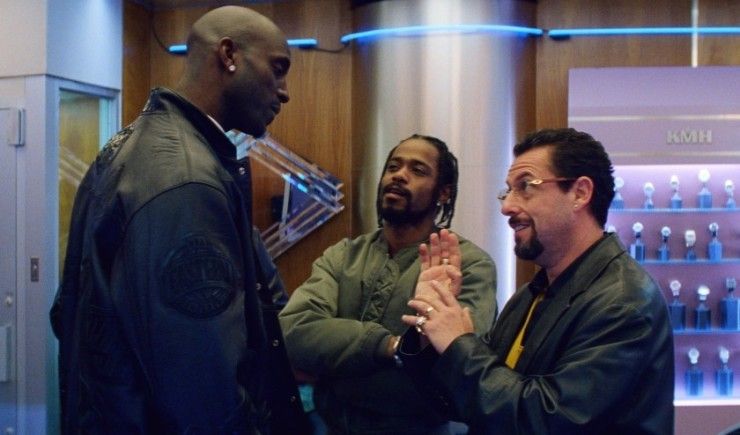
"Juxtaposition" Definition
Juxtaposition means placing two things side by side to highlight the things that are different between them. The term “juxtaposition” comes from the Latin “juxta,” which means “next,” and the French “position.”
Writers across mediums do this when they use darkness and light, rich and poor, and other specific opposites to make a point.
Common Juxtaposed Ideas
- light and darkness
- arrogant and humble
- tall and short
- dead and alive
- acceptance and isolation
- youth and experience
- wealth and poverty
- calm and anxious
- beauty and ugly
- virtue and vice
- family and strangers
- wisdom and foolishness
- familiar and strange
- passion and indifference
- democrats and republicans
- good and evil
- urban and rural
- warmth and cold
- modern and antiquated
- courage and cowardice
- generous and stingy
- male and female
- jealousy and trust
- civilization and nature
- free will and fate
- forgiveness and revenge
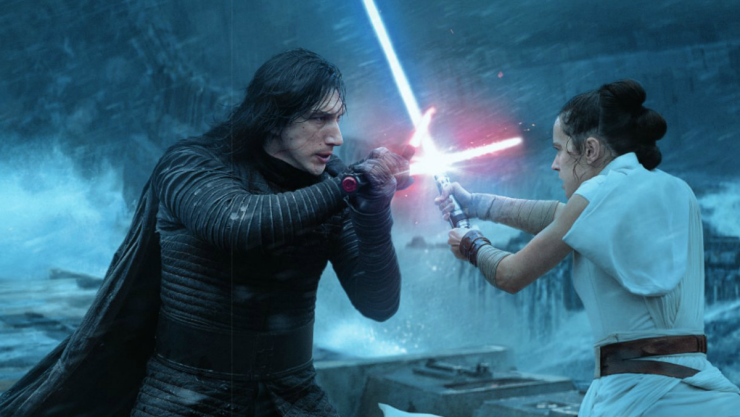
How Do Writers Use Juxtaposition in Literature and Film?
When you sit down to write something, anything, there's a point to it. (I hope.) You have something you want to show people. You have an idea or a stance you want to sway them into believing.
As writers, our goal is to compare and contrast. We want to bring into focus a viewpoint that someone may have never considered.
So why use juxtaposition to do this? Let's make a list.
Reasons Why Writers Use Juxtaposition
- Character development: by showing their personality in contrast to someone else.
- When Captain America and Thanos square off in Endgame, we see how differently they view the world.
- Worldbuilding: Showing how the haves and have-nots live.
- In Aladdin, seeing how he and Jasmine live very different lives in the same city.
- Thematic link: choosing elements like good and bad to put next to each other.
- In The Departed, we see how two people grow up in a montage that leads them to very different walks of life.
- Comedy: creating a laugh by putting opposites next to one another.
- The Odd Couple built an entire series and movies based on two very different people living together.
- Tension: intercutting between scenes or characters to create doom.
- The shark's POV in Jaws is shown against the shots of the unwitting swimmers.
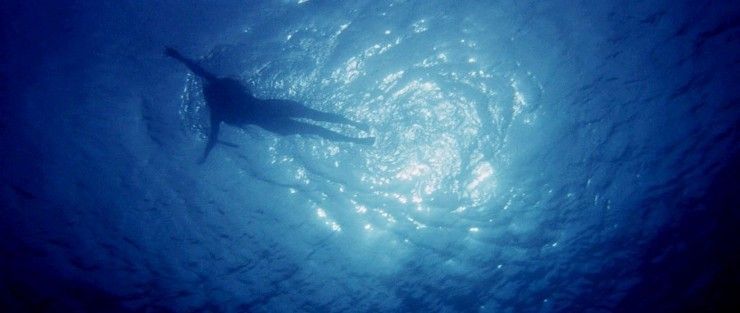
What Is Incongruous Juxtaposition?
There are some fine lines within the way writers use this tactic. The "incongruous juxtaposition" definition is the placement of two very different things next to each other to create a laugh.
An example of this would be the movie Knocked Up, which actually ran on the tagline, "What would you do if this guy got you pregnant?" And then showed photos of Seth Rogan next to Kathryn Heigel. It made people laugh and helped that movie become a huge success.
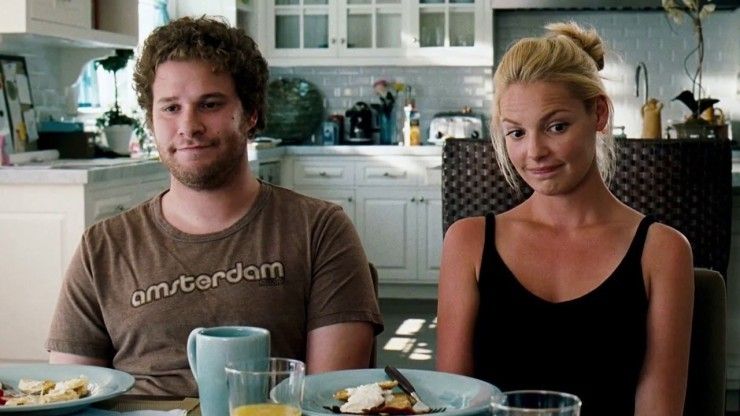
What Is Juxtaposition in Art?
So we know that juxtaposition is putting two or more objects next to each other which are disparate or different. This creates comparisons between the objects. And it happens in art all of the time. You can tell what the artist is trying to convey by putting the two together and seeing how it makes you feel.
This is evident in a painting by someone like M.C. Escher. His work is memorable because it is filled with juxtaposition. He uses black and white, repeating patterns, and rhythmic progression to juxtapose lots of different elements and ideas.

What Is Juxtaposition in Literature?
Writers use different themes next to each other all the time. When it comes to storytelling in novels and books, this is a central theme to that endeavor. Think about how your favorite books tell stories about people by putting them in circumstances they may find unusual.
It could be the different side of town, a character who is of a different race or creed, or it could be the juxtaposition of two very different families, or the way characters do things.
Let's look at some examples in literature to expand on this further.
What Is an Example of Juxtaposition in Literature?
What I love about juxtaposition is that it can fluctuate and be used in themes, scenes, characters, and worlds. Literature tends to use it in everything, whether it's in To Kill a Mockingbird, which juxtaposes freedom and confinement. Or even something like Little Children, which uses it granularly to show parenting styles and foibles.
One of my favorites comes from the excellent Jonathan Swift. His work, A Modest Proposal, is an essay about how to solve hunger. He says we should be eating babies. He wrote, "There is likewise another great advantage in my scheme, that it will prevent those voluntary abortions, and that horrid practice of women murdering their bastard children, alas! too frequent among us, sacrificing the poor innocent babes, I doubt, more to avoid the expence than the shame, which would move tears and pity in the most savage and inhuman breast."
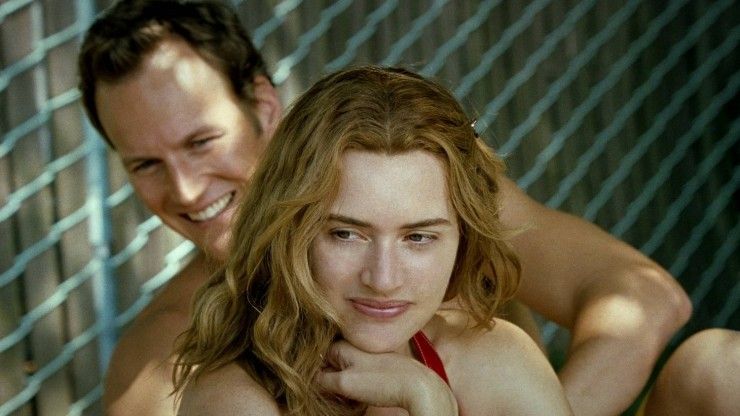
What Is Juxtaposition in Film and TV?
Like in literature, juxtaposition has many roles in film and television. Since this is a visual medium, we get a lot of it on the screen to show scale, exhibit humor, or just shake up the frame with color.
But screenwriters still use the tactics from literature as well. The sky is the limit here. They just also get to put things on screen, as well as in your imagination.
Juxtaposition is actually crucial to the Kuleshov effect, which is how we take in film and TV and understand what's going on.
Let's check out a few examples to help you put this into context.
Examples of Juxtaposition in Film and TV
Film and TV are really fun media because of all the wonderful things you can show the audience at once. You can accentuate with costumes and where you put the camera to bring these ideas forward.
We can look at Spielberg's movies like Jaws and Jurassic Park to show how you can juxtapose things on screen to show scale. Or what about how light and dark play central roles in Star Wars?
Heroes and villains are often shown as polar opposites on screen. Batman is law and order, whereas the Joker is chaos. The monster versus the final girl, two opposite people who have opposite goals—life and death.
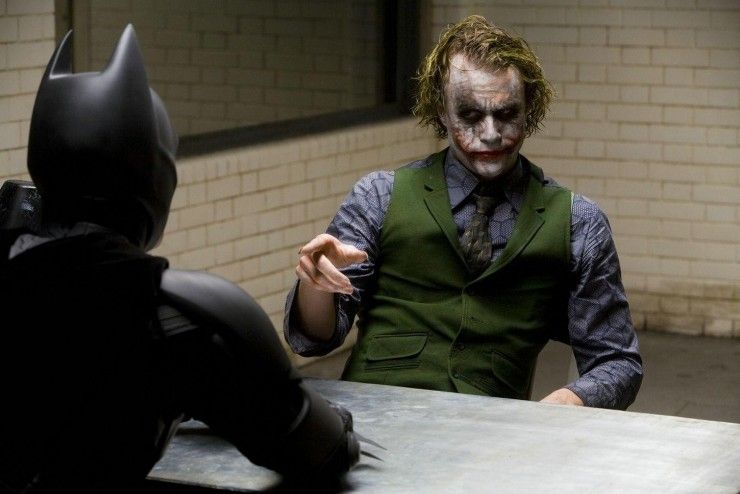
Summing Up "What Is Juxtaposition in Literature and Movies? (Definition and Examples)"
Now that you understand the word, it's time to put it into your own work. How can you use this visually and on the page to capture the hearts and minds of readers and watchers? How can you amp up what might have been a boring scene with a little extra depth and meaning?
But enough talking, it's time for some action.
What are some of your favorite examples of juxtaposition in literature, film, and TV? Let us know in the comments.
Your Comment